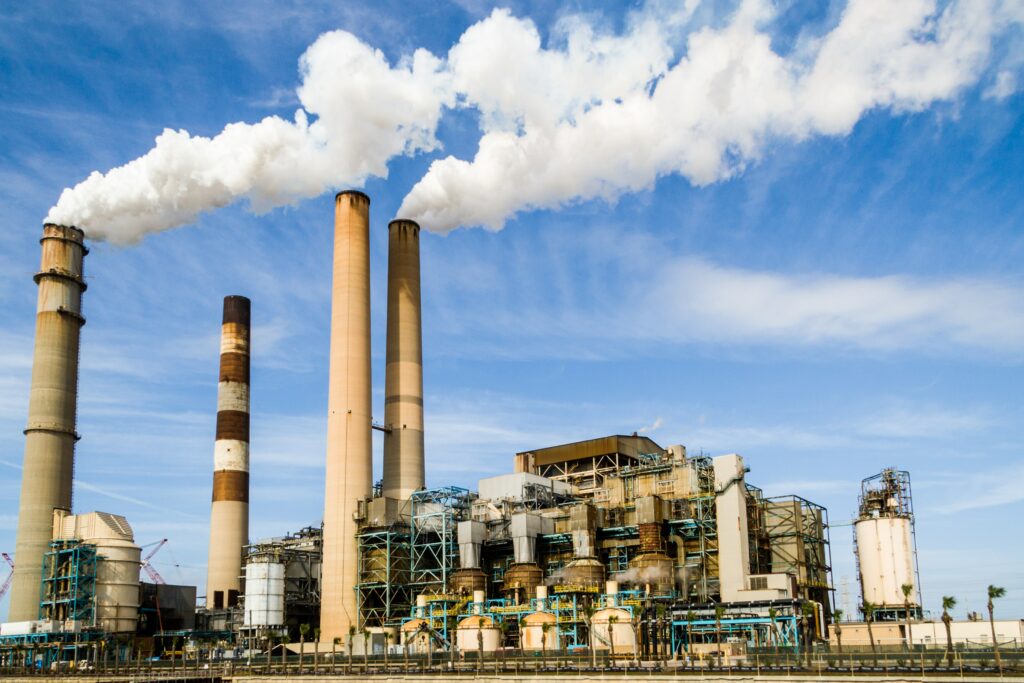One of the main risks for the mining and minerals industry is the risk of not obtaining a permit for its operations. The most serious of these risks is the eventual freezing of assets, known as stranded assets. If legislation stops mining because, e.g. it generates emissions or environmental damage greater than society allows, a company may be adversely affected and valued differently from today.
This is how it works if you want to continue on another device
To save your progress if you want to continue on another device, there are several options. Copy or email a link, or read provided QR-code.
When you started the course, you will be able to continue on another device.
-
Read QR-code
Scan the following QR-code with your phone to continue where you left.
-
Copied
- Or email the link to yourself

Physical Risk
The mining and minerals industry creates value and benefits for society by acquiring and processing natural capital in the form of metals and minerals. In these processes, the industry depends on ecosystem services such as flood protection, water supply, erosion control and dust control. These processes can also have an impact on soil and water areas.
Physical risks have direct consequences, such as property damage and reduced productivity. A physical risk is that the availability of ecosystem services may be reduced as a result of climate change or biodiversity loss. Reduced vegetation cover can lead to increased industrial dust and, in the worst case, collapses and landslides.

In a future climate of very severe drought, this could lead to the halting of mining and processing operations in dry areas. Physical risks associated with the mining and minerals industry’s activities include damage to nearby land and water bodies as a result of environmental accidents.
